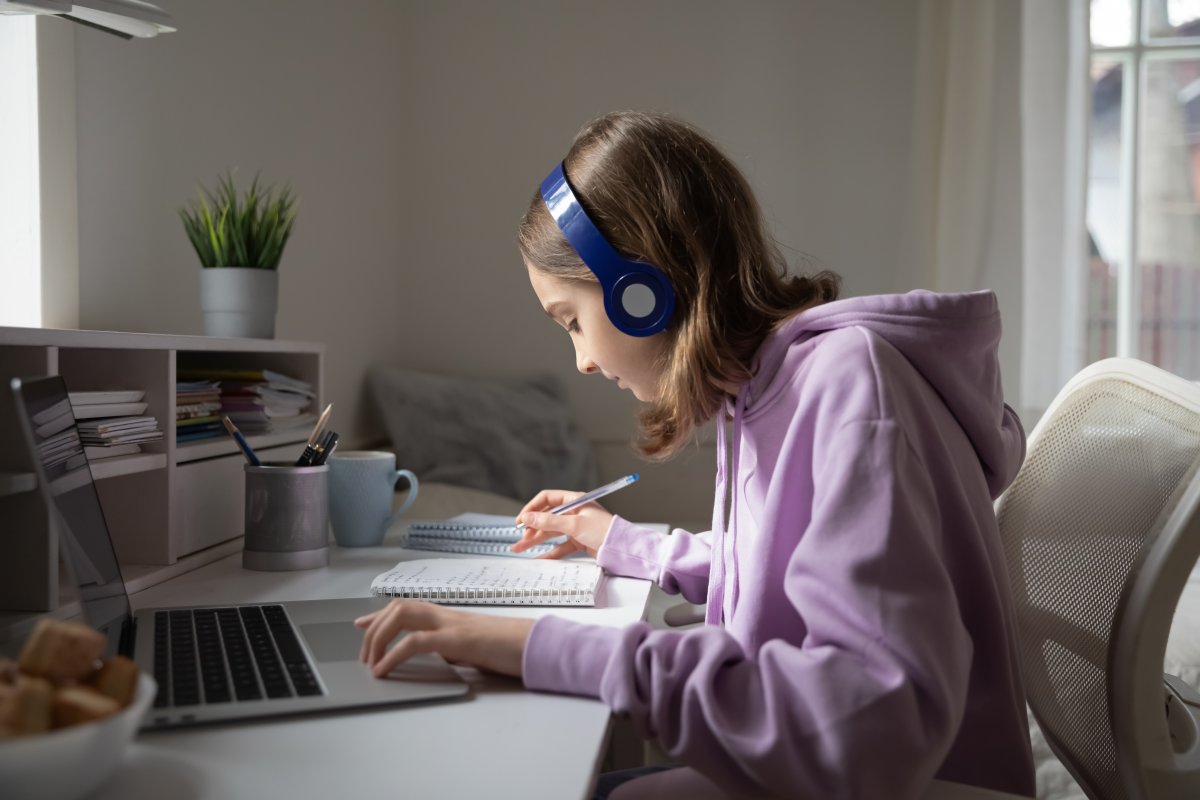Education: Children learn to read better with printed texts
A growing group of experts is trying to find out what the interaction between laptops, iPads or smartphones and classic reading lessons should look like. What speaks for the book, what for the screen? The research is still in its infancy. In practice, teachers often have hardly any instructions as to what the optimal mix of screen and paper should look like for beginning readers. So they improvise – or do without the digital possibilities altogether. This is reported by the magazine MIT Technology Review in its current issue 6/2023.
Advertisement
The current IGLU study shows that in Germany only 30 percent of fourth graders read a digital medium at least once a week. In Scandinavian countries, the proportion is 70 percent. “This is also due to the equipment in the schools. The fact that every child has a digital device is rather the exception,” says Ramona Lorenz from the TU Dortmund, co-author of the study.
The neuroscientist Maryanne Wolf coined the term “bilingual brain” for reading between a book and a screen. “We don’t have all the answers yet, but we do know that print encourages slower, deeper processes in the reading brain. So a screen can be used as a complement to teach certain skills, but a child shouldn’t learn to read from a screen alone,” says she.
ChatGPT and Co. question the extent to which the classic transfer of knowledge in the classroom still makes sense if, in the future, an AI will provide almost all the knowledge in the world within seconds in the required form. How can schools react to this? The new issue of MIT Technology Review addresses this question. Highlights from the magazine:
When children read with adults
Studies also show that parents and teachers can make a valuable contribution. Children who already know words read best with adults. They get feedback, can talk about content and look at pictures together. Such human interaction can only be imitated to a limited extent via a screen, researchers like Wolf say.
The fact that parents read less and less with their children is one reason why the current IGLU study for Germany is frightening. About a quarter of the fourth graders cannot read fluently and acquire information independently. Reading proficiency among primary school students is just below the OECD average.
Advertisement
The reading comprehension of older adolescents also suffers when they read on the screen: a large meta-analysis of 33 different studies from 2019 found that information texts are better understood when they are presented on paper. The most recent PISA study by the OECD confirms this: students who prefer reading on paper to reading electronically performed better on average.
Age also plays an important role. Young children, who are just building their “reading circuitry” in the brain, benefit the most from books and human interaction. Older children, on the other hand, can use digital media to further develop their skills. They find it easier to switch back and forth between the printed and the digital world.
Brain work only begins with “deep reading”.
However, learning to read is not just about spelling, pronouncing and understanding words. The real work only begins after that, with “deeper reading”, says Maryanne Wolf. These are cognitive and affective processes that capture entire sections of text, predict what is coming next, and thereby allow a lightning-fast perception of meaningful connections. These interactive processes feed off each other and accelerate understanding.
And they’re harder to convey today than they used to be because reading habits have changed. Children and teenagers – and, let’s be honest, we adults too – have become masters at skimming online articles, Facebook posts or chat messages, jumping from one browser tab to the next. If children now read exclusively on screens, Wolf argues, they may never learn to read deeply.
Didactics expert and author Doug Lemov believes that many middle and high school students no longer have the attention spans needed to stay focused on a text. That’s why he encourages teachers to set up “low-tech, high-text” environments in their classrooms, with books, pens, and paper. In it, students can slowly increase their attention span by doing nothing but reading a book or writing a text – even if it only works for a few minutes at first.
Cognitive scientist Daniel Willingham, however, may not entirely believe in the theory of reduced attention spans caused by digital technologies. Maybe readers simply get bored faster: “It’s the expectation that there always has to be something new and interesting to hear, see or read and that this interesting experience can be achieved with little effort.” In-depth reading, on the other hand, requires “cognitive patience”, which is often exhausting for children because the reward sometimes only comes many pages later.
Read MIT Technology Review here:
(Older brother)
To home page
